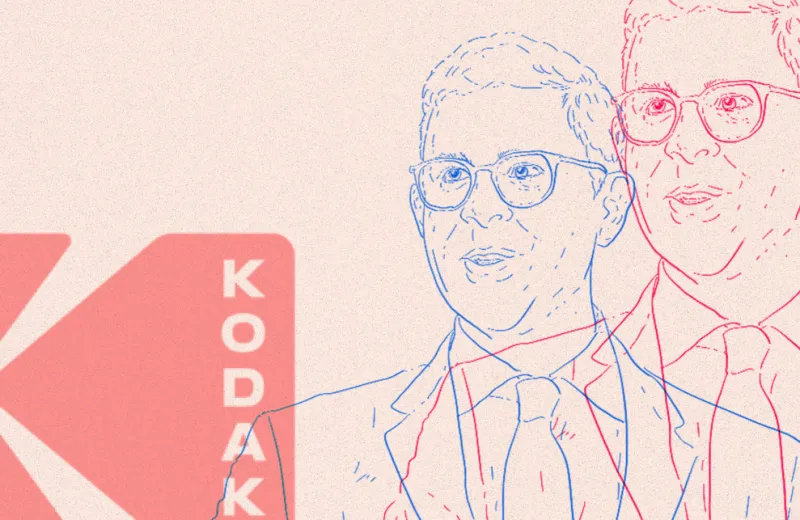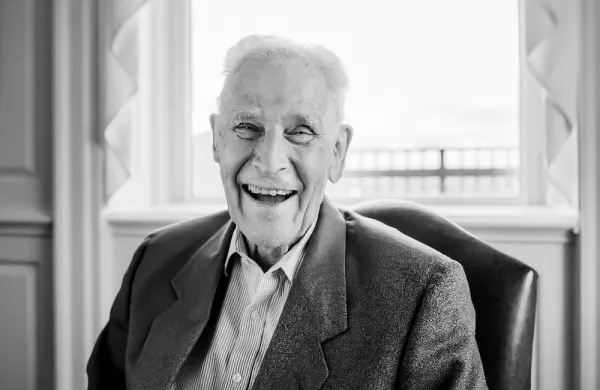Eastman Kodak’s Tom Mucha loves lower middle market investing.
The longtime corporate pension CIO is fascinated by the companies that make other businesses run — and the ways investment managers can grow those suppliers.
“You start to see the world in a different way when you realize that behind almost any product or service you use, there’s hundreds of different products and services involved in creating them,” Mucha said by phone. “Learning about all these businesses has been a lot of fun.”
To wit: When Kodak’s eight-person team planned a co-investment deal in an ingredient supplier, they went on a due diligence trip to Arby’s, just to make sure the curly fries and roast beef were up to snuff.
But this co-investment program — and its focus on the lower middle markets — has long been in the making.
Today’s Kodak pension fund wouldn’t be where it is without the company’s 2012 Chapter 11 bankruptcy. That restructuring led to changes in the organization’s portfolio, including a break from private market investing.
In 2015, Mucha restarted the program in earnest, placing a special focus on lower middle market investment managers.
“These managers really focus on sourcing deals,” Mucha said. “They constantly pound the pavement looking for off-the-radar deals.”
In today’s ultra-competitive private equity market, it’s especially advantageous to be able to find deals with little competition among bidders driving up asset prices. Mucha noted that private equity managers in the lower middle market space can look to buy companies with more “attractive” valuation multiples.
“There are a lot of things they can do to grow them,” Mucha added. “Oftentimes these businesses need professionalization like ERP software and dedicated finance, sales, and marketing functions. They also often haven’t focused on M&A.”
That means these lower middle market managers are also able to exit investments more easily, either to larger sponsors or strategic acquirers.
Two years after Kodak resumed investing in private markets, the pension fund added a co-investment program, which Mucha says is one of the investment portfolio’s highlights.
Kodak’s team meets with hundreds of investment management firms a year but makes commitments to very few. The co-investment program is even more selective.
“We’ve built a very productive sourcing machine,” Mucha said.
Kodak’s framework for co-investing requires that the organization has previously committed capital to the manager, that a minimum and maximum invested per deal is set ahead of time, and that a pre-determined governance process is followed.
Since the program’s inception, Mucha’s team has made 18 co-investments, with about 1 percent of plan assets invested.
“One of the things that I said to my committee was the purpose was not only profit generation, but to deepen our relationship with our managers,” Mucha said. “When you ride shotgun on a deal and watch the diligence process unfold right alongside your manager, you really understand in a completely different way how they do their work, how they think about different risks, and how they diligence different issues.”
Kodak has exited from two of those deals so far, generating a 3x to 4x multiple on invested capital. Mucha noted that the organization has placed an explicit focus on investment multiples, rather than internal rates of return.
“We decided that if we were going to take on this amount of illiquidity and be in an investment for a decade-plus, we wanted to make a meaningful multiple on our investment,” Mucha said. “We wanted to be nimble and flexible about where we committed.”







